Netflix has published a new educational video which supposed to provide a behind-the-scenes look at its Camera Lab, in order to demonstrate how Netflix Approved Camera List comes together and the logic behind it.
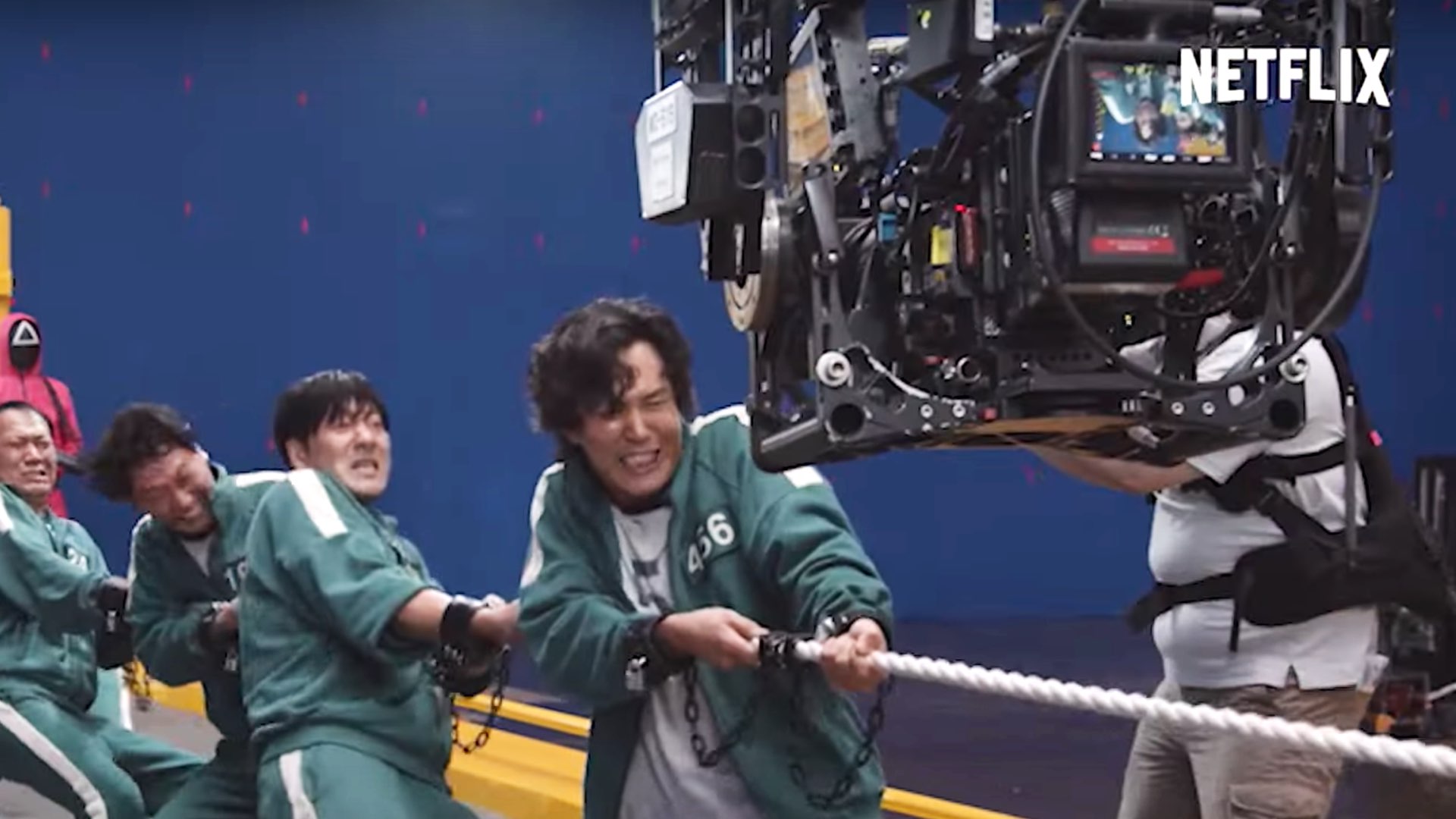
Netflix justifies its camera requirements
Netflix has published a new video titled “Approved Cameras – Behind the Scenes” that aims to explain and justify the logic behind its cameras and image capture requirements. The video promises to provide a BTS look at the testing process, however, it misses that. It does grant some info about the methodologies used to approve certain cameras though. Here are the highlights and takeaways.
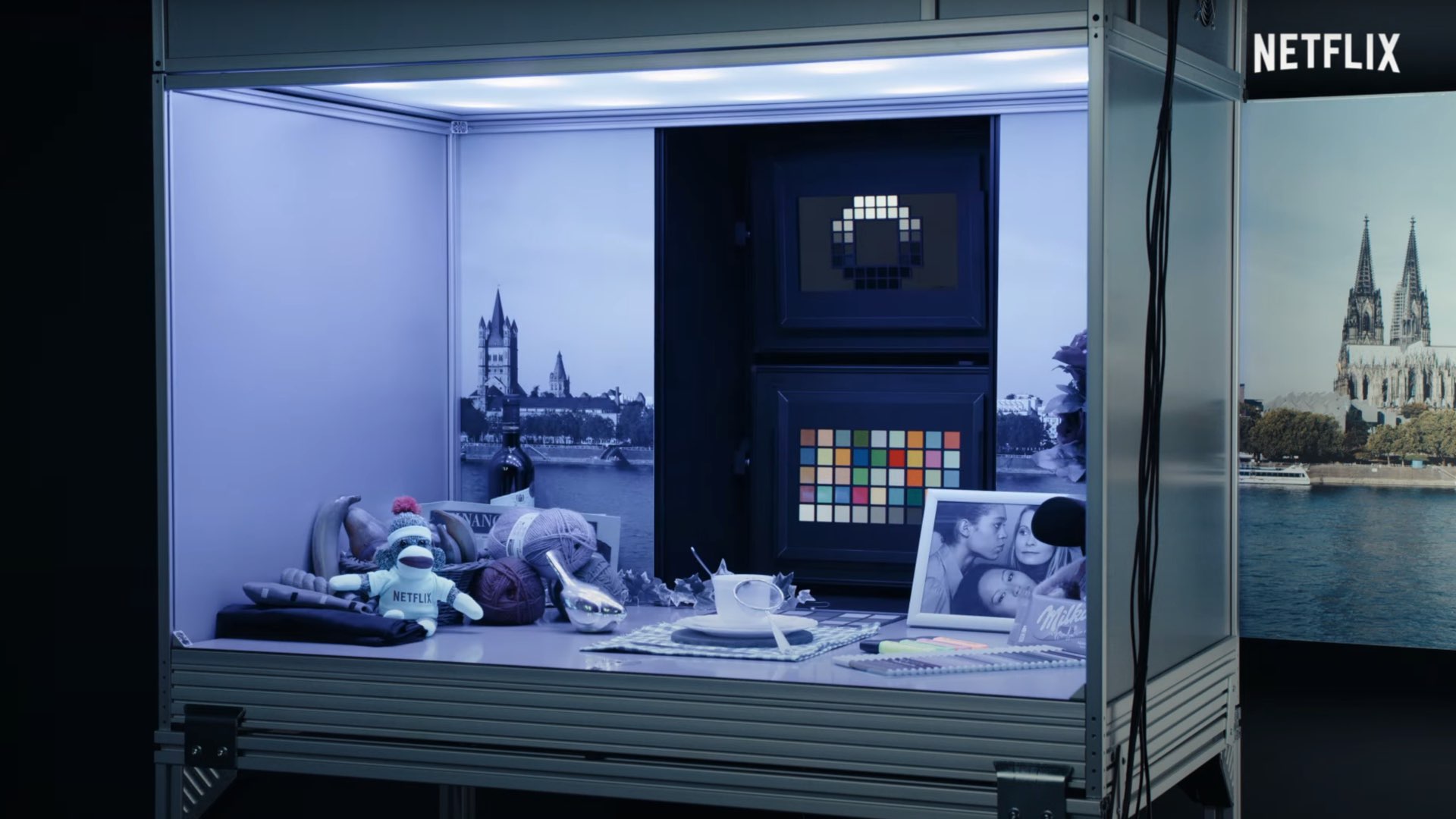
The approved process
These are some of the Q&A sessions clarified by Netflix.
Question: Why does Netflix have an approved ‘Camera List’? Answer: Because Netflix wants filmmakers to utilize the most advanced camera technologies.
Question: How does Netflix determine what gets approved and what’s not? Answer: It’s not just about 4K capture. Netflix states that capturing high-resolution content is not the highest priority. Actually, the resolution is just one factor that Netflix tests. Other criteria include Dynamic range, Color reproduction, Noise performance, Sensor readout speed, Compression, Chroma subsampling, Bit-depth, and more. All these parameters are based on years of feedback from filmmakers and users as well. Furthermore, Netflix emphasizes that it’s working with the camera manufacturers in order to ensure that every camera is being tested correctly.
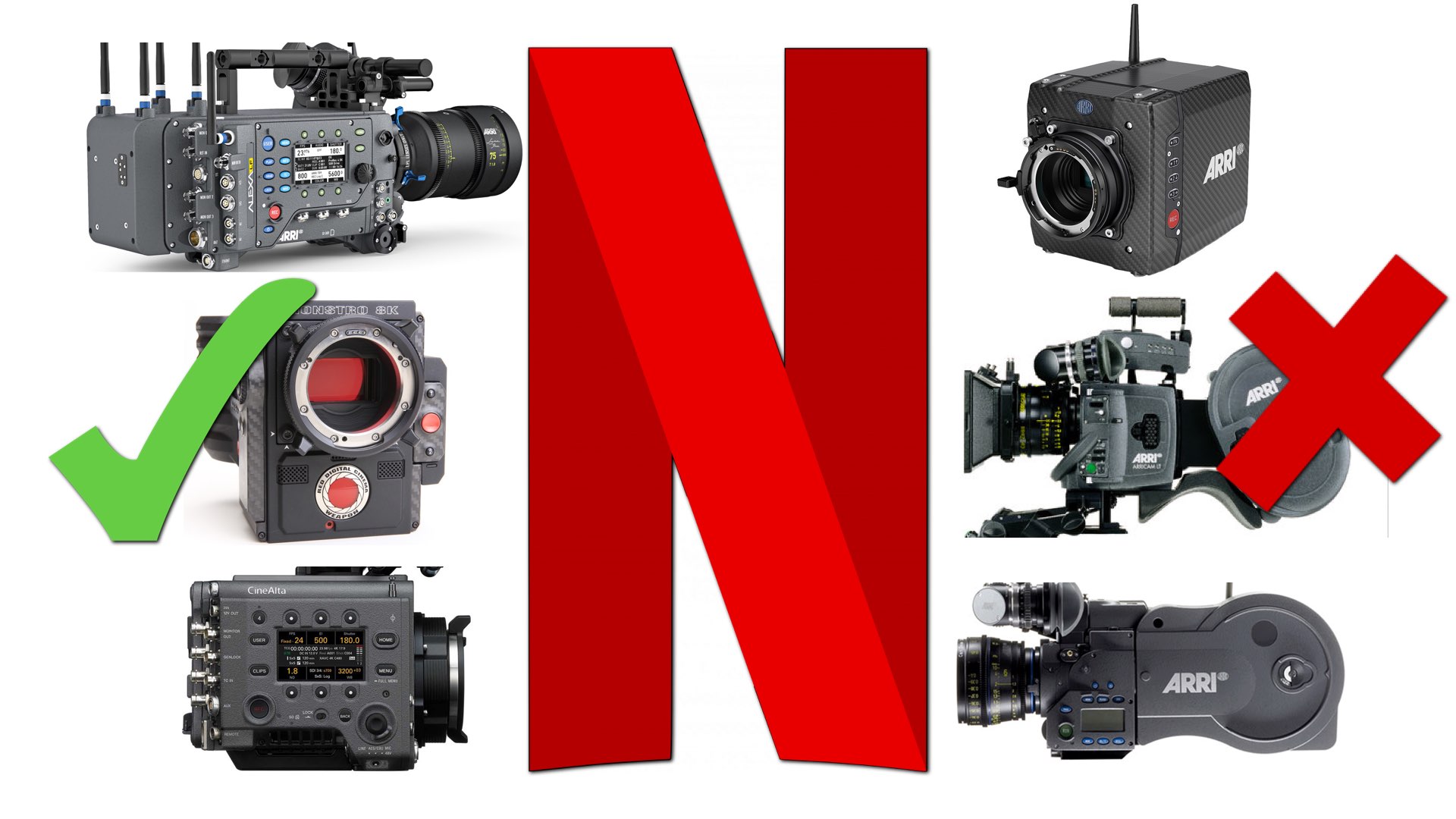
Image quality is not everything
Netflix also states that image quality is not everything. Other not-less-crucial factors are related to the camera’s stability, reliability, and robustness to allow intensive usage during professional productions. These factors include Proper thermal management (is it going to over-heat on a professional film-set?), the reliability of the media (to prevent data loss), NLEs support of the chosen codecs, file structure, fitting metadata, timecode implementation, and more. All of this information is calculated to determine the approval of the camera.
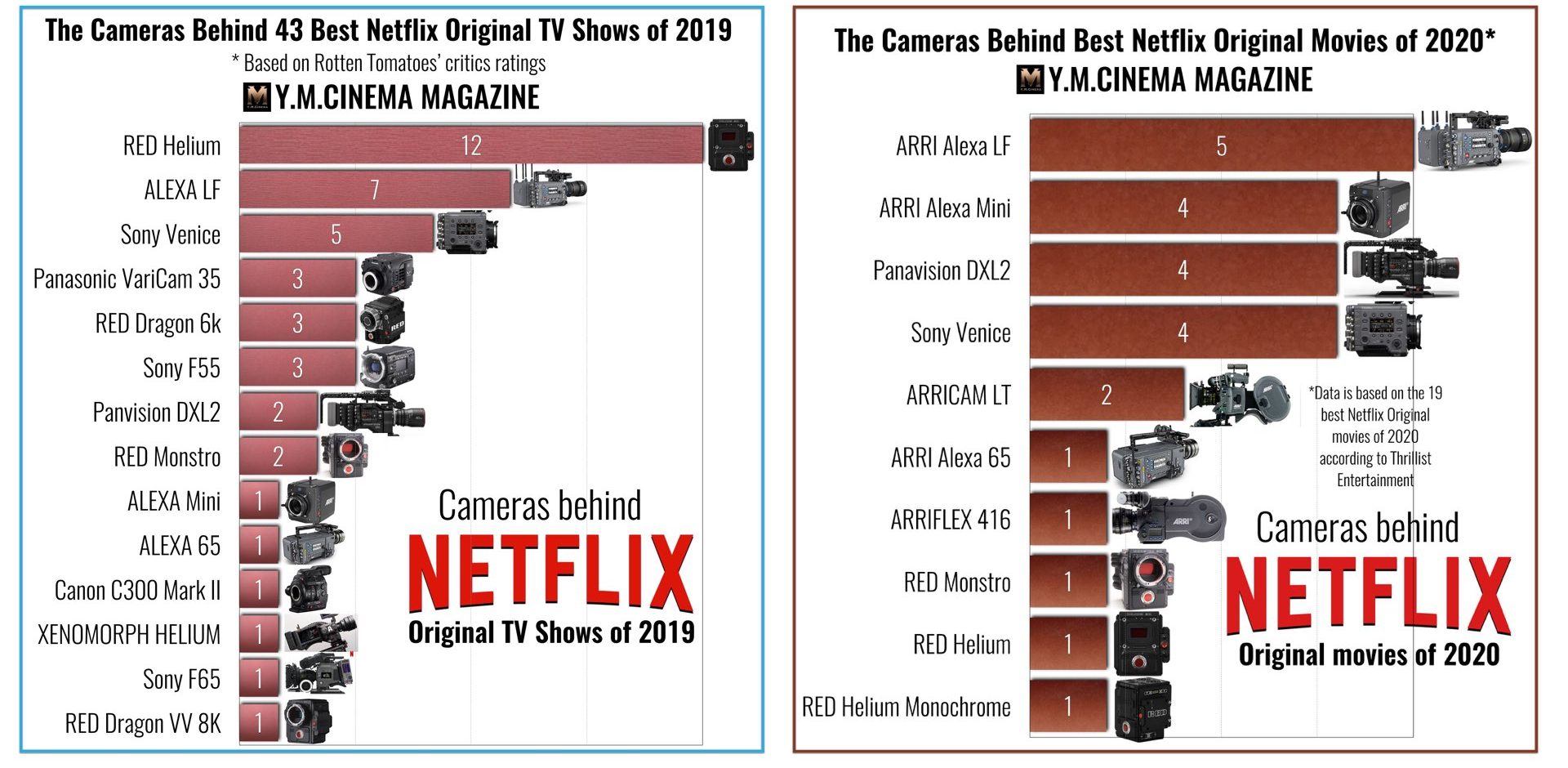
Specialized systems
Netflix knows that for certain filmmaking missions, specialized cameras are needed (FPV, drones, crash-cams, ultra-slow motion cams, film cameras, and more). Those cameras are completely different from the cameras on the approved list. Some of them have low resolution, smaller sensors, and lacking a heat management system. Hence, Netflix can approve these cameras to be utilized in specific situations. These are called non-approved cameras (read: The Netflix Guide for Non-Approved Cameras) which can be used on set under Netflix supervision and authorization. Watch the video below:
Final thoughts
Although this “Approved Cameras – Behind the Scenes” video is an intriguing piece of information that is fun to watch, you’ll not get that promised behind-the-scenes look. Hence the title is a bit of a clickbait, but that’s OK. Anyway, each camera’s image capture specification is well documented on Netflix’s Cameras & Image Capture page. Specialized cameras can be approved on a case-by case basis and conducted and authorized by Netflix. Nevertheless, we’d be happy to explore a REAL BTS video that demonstrates the testing process inside Netflix’s labs.

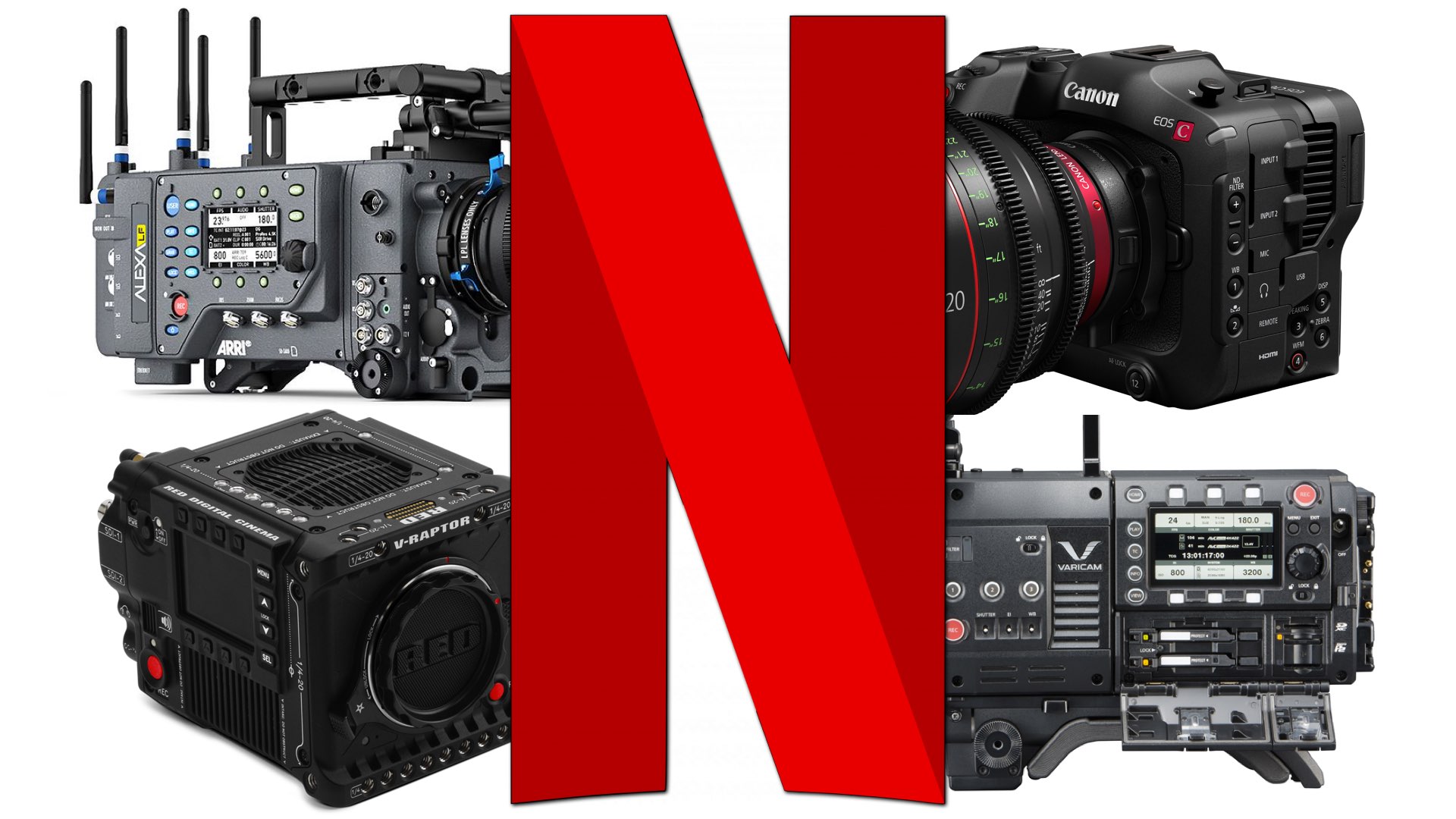
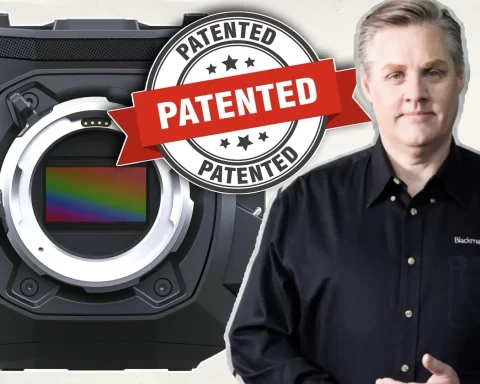
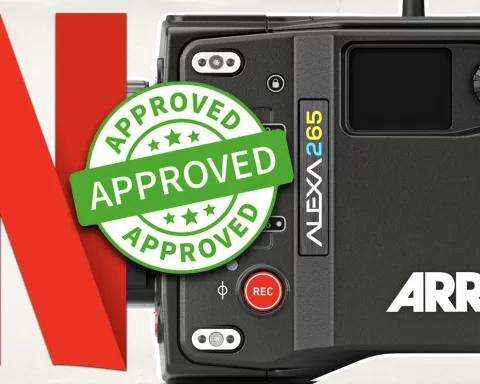
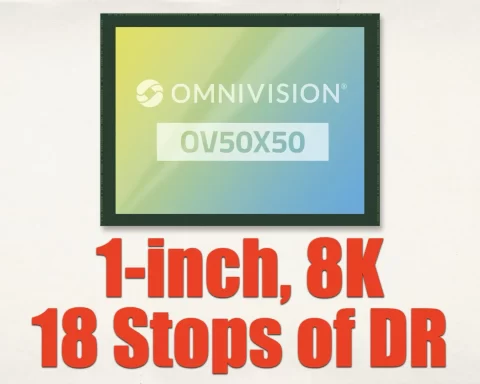
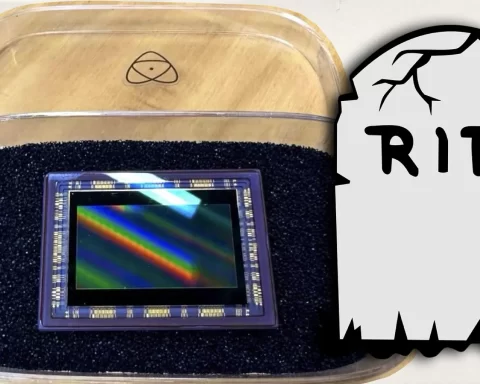
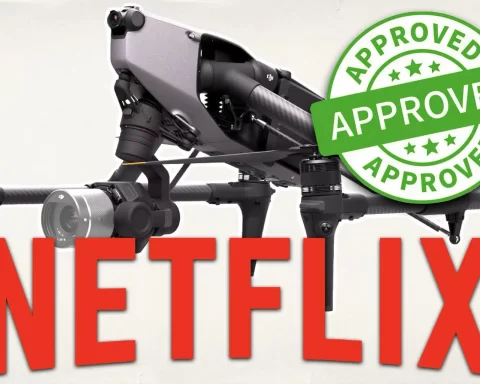

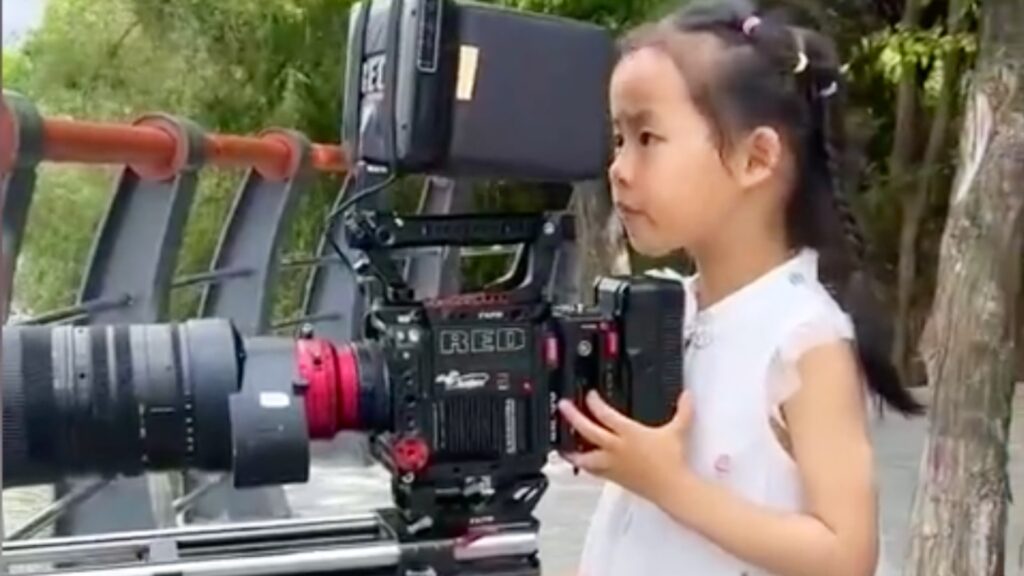
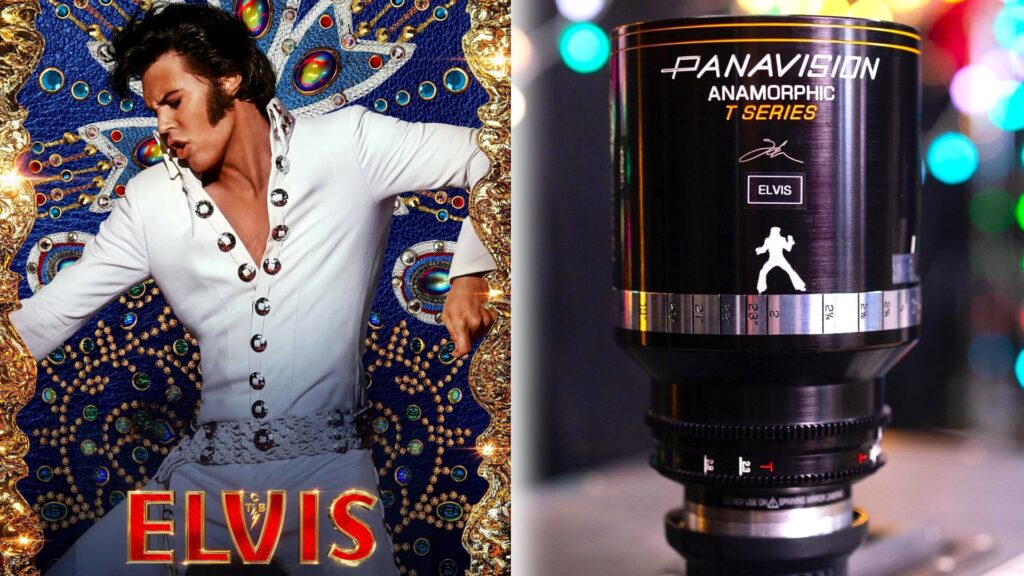
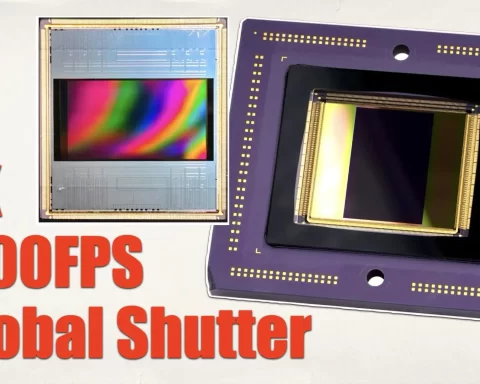

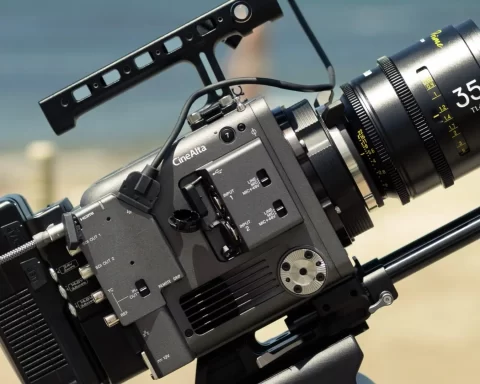
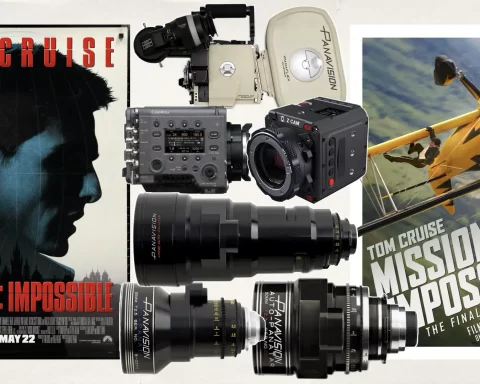
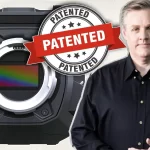

For 8K camera?
An Arri Alexa mini works for everyone but them…and a lot of inferior cameras but 4K are approved
I wonder how long it will take the ARRI Alexa 35 to be approved?
Why no BMD cameras? I get that the pocket camera has too much rolling shutter, but the URSAs should meet all the requirements.
URSA Mini 4.6K, Pro, and G2 are approved. Pocket and 12K are not.
You might first ask yourself why filmmakers worldwide have decided not to shoot with Blackmagic cameras (aside from the occasional pickup shot or for VFX) for any of the streaming networks or why BMD cameras don’t appear on any of the lists of the cameras used on feature films debuting at the most prestigious film festivals compiled on this site.
But why were the BMD Pocket 4K and 6K models and URSA Mini Pro 12K rejected?
They need to approve the Black Magic Pocket Cameras. The image and color science on those are beautiful (4k, 6k, 6k Pro and Pocket cam 6k-G2). The Panasonic BGH1 is approved. That’s listed as the cheapest approved cinema camera 🎥
They don’t need to do anything of the kind. Those cameras do not write TC as metadata, so they will never be approved.
We used two BMPCC-6K cams on a feature in Africa recently. We’ve made several movies and win awards throughout the world for the camerawork, content, etc. BMPCC-6K yields incredible results and as produce an image good as anything I see in movies out there. There is some elitist BS going on here regarding “approved” cameras. I understand there needs to be a threshold on quality (at least 4K Raw files) – I’m all for that actually as a career shooter. But rather than fixate so on tech specs, how about focusing instead on movie – the quality of the story product and getting more “approved” movies in which intelligence is valued and selecting movies with far less mind-numbing blood spray violence. Watched part of “The Grey Man” as an example of shite that the majors seem to enjoy. Partly inspires our gun culture and mass shootings IMHO.
There’s nothing whatsoever elitest about a list that includes so many dirt cheap cameras by Sony, RED and Panasonic. What a joke of a comment!
If you look at the films in competition at the world’s most prestigious film festivals, you’ll see a pattern: DPs choosing NOT to shoot with BMD cameras. No one at Netflix dictated what camera they chose. No one twisted their arm. And I happen to enjoy films that don’t shy away from the violence that is endemic the world over. If anyone is elitist, it’s you.